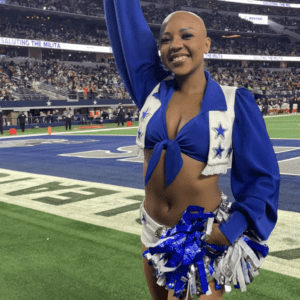Mike Tomlin has made it clear where he stands on the issue of the Black National Anthem. In a recent interview, the Pittsburgh Steelers head coach firmly stated, “We have one flag, and one anthem,” rejecting the growing movement that advocates for the Black National Anthem, “Lift Every Voice and Sing,” to be played at sporting events alongside the traditional “Star-Spangled Banner.”

The controversy surrounding the Black National Anthem has escalated in recent years, particularly in the wake of the Black Lives Matter movement and the increased focus on racial injustice in America. Advocates for the Black National Anthem argue that its inclusion acknowledges the struggles and contributions of Black Americans, and provides a platform for voices that have historically been marginalized. However, Tomlin’s rejection of this idea represents a stance on national unity, prioritizing the unity and cohesion of all Americans over division based on race or ethnicity.
The debate surrounding the Black National Anthem has gained momentum in the wake of several high-profile events. The National Football League (NFL) and other sports organizations have experimented with playing “Lift Every Voice and Sing” before games, most notably during the 2020 season when social justice protests were at their peak. Some saw this as a way to honor the Black community and acknowledge the ongoing struggles for racial equality, while others, including prominent figures like Tomlin, view it as divisive.

Tomlin’s rejection of the Black National Anthem is not just about the anthem itself but about his broader view on what unites the nation. As one of the few African-American head coaches in the NFL, Tomlin’s position is significant. His leadership within the NFL has always been marked by an emphasis on team unity and collective purpose, and his latest comments reflect those values.
By saying, “We have one flag and one anthem,” Tomlin is asserting that, regardless of race, background, or history, all Americans should stand under the same banner, recognizing the nation’s shared identity. For Tomlin, this isn’t just about rejecting a piece of music; it’s about ensuring that the focus remains on what connects Americans rather than what divides them.
This stance from Tomlin, who has been known for his strong leadership and emphasis on teamwork, has sparked a wide range of reactions. Supporters of Tomlin’s view argue that the focus should be on bringing people together and celebrating the nation as a whole, rather than highlighting differences. They see his statement as a call for unity and a reminder that America, despite its flaws, is built on a shared foundation that transcends race.
On the other hand, critics of Tomlin’s position argue that ignoring the significance of the Black National Anthem is a missed opportunity to recognize the historical and ongoing struggles of Black Americans. They believe that acknowledging the anthem is an important step toward healing and reconciliation, and that its inclusion in events is a necessary gesture of respect for the Black community’s contributions to the nation’s history.
For Tomlin, the matter seems to come down to a question of national identity and the way Americans choose to view each other. While he acknowledges the struggles and contributions of Black Americans, he believes that the nation’s anthem and flag should serve as symbols of unity, rather than division. His words reflect his conviction that the focus should be on a shared American identity that transcends race and history.
As the debate continues to unfold, Tomlin’s position serves as a reminder of the complexities that exist when balancing the recognition of individual histories with the pursuit of national unity. In the eyes of Tomlin and his supporters, the anthem and the flag should be unifying symbols for all Americans, no matter their race or background. His rejection of the Black National Anthem may be controversial, but it underscores his deep belief in the power of unity and the importance of standing together as one nation.





